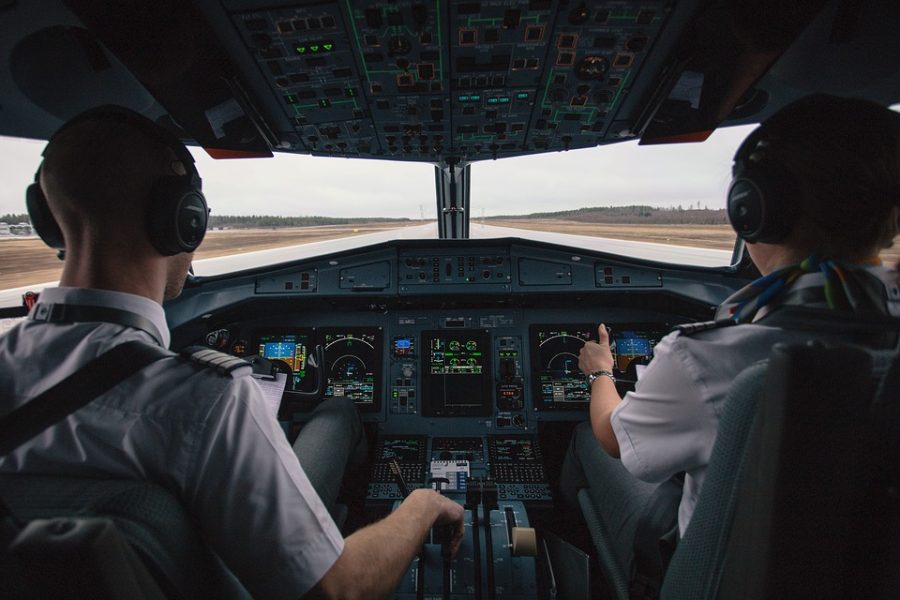
66% Indian pilots fall asleep in cockpit during flights: Survey

Pilot fatigue poses a safety risk to civil aviation and 66% of Indian pilots have admitted to falling asleep in the cockpit mid-flight and 31% admitted that they had a close call while flying which could have led to an incident attributable to fatigue, according to a survey.
Safety Matters, an NGO based in Gurugram, conducted a ‘Safety Culture Survey’ this month with an objective to assess the prevailing safety culture in Indian aviation with a focus on pilot fatigue.
Also read: DGCA starts 2-month special audit of airlines after spot checks
A total of 542 respondents took part in the online anonymous survey. They were Indian pilots flying with regional, domestic, domestic with destinations within four hours flying and mainly international operations, the survey report said.
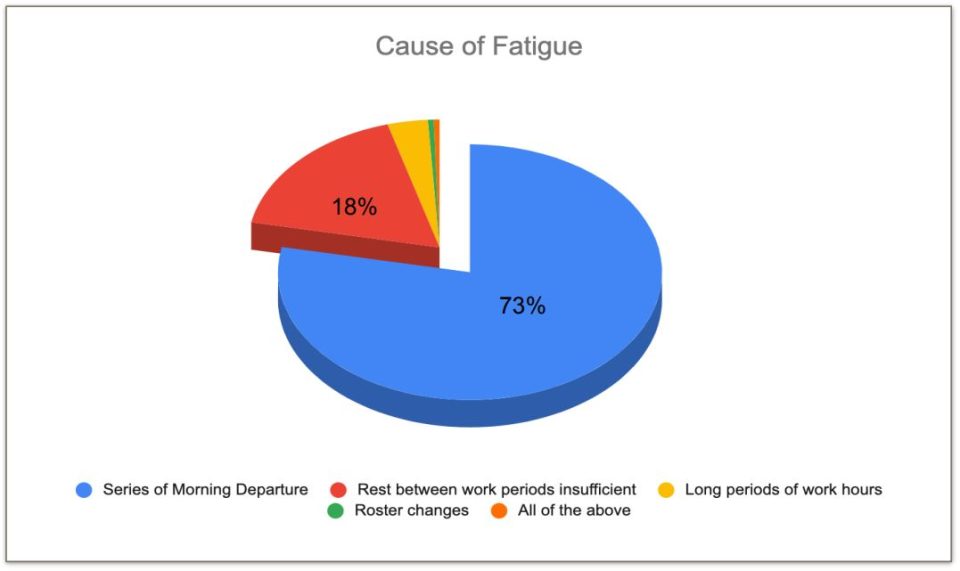
‘DGCA not doing enough’
As per the survey, “66% of the respondents admitted that they have fallen asleep without planning/consent of the other crew or experienced microsleep (short periods of sleep that can be measured in seconds, rather than minutes or hours), and 31% of pilots also responded that they had a close call while flying which could have led to an incident attributable to fatigue.”
Also read: Around 30 flight incidents occur per day in India, majority have no safety implications: DGCA chief
As many as 97% of the pilots surveyed felt that the Directorate General of Civil Aviation (DGCA) is not doing enough to manage fatigue through regulations and/or oversight.
While 43% of the pilots said they are fatigued for the next flight, 71% admitted that they have often felt so tired that they shouldn’t have been doing cockpit duty, and 54% of pilots have reported fatigue through fatigue management reporting systems and 69% pilots said that the airline is not training pilots and crew schedulers on the concept of fatigue and fatigue management.
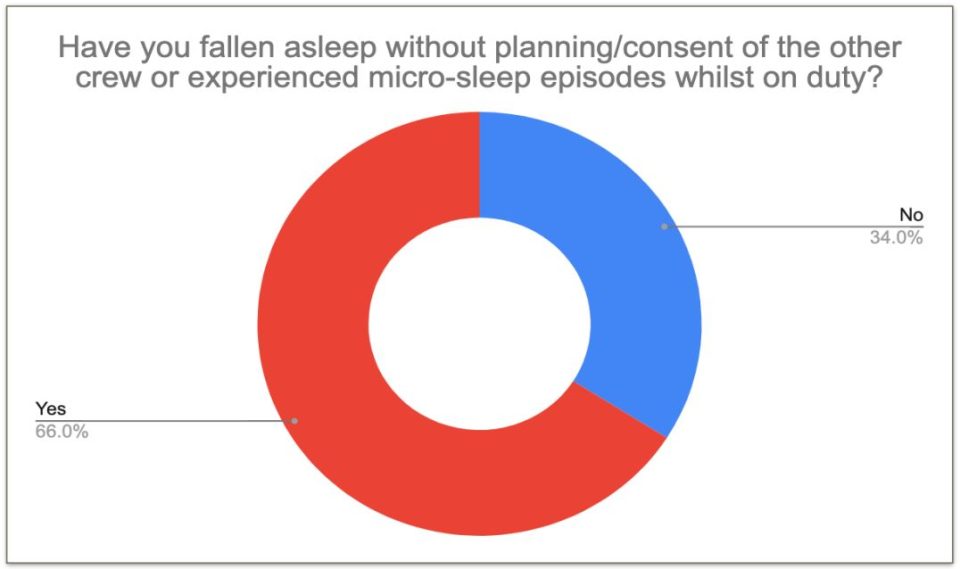
‘Running bus depots’
One of the pilots said, “I’m working for a low-cost carrier. We frequently have long halts combined with change of aircraft. Most of the time we are given lounge access for these halts and these lounges are often crowded and noisy there have been times when I’ve had to wait almost 45 minutes just to find a seat. This greatly adds to fatigue.”
Also read: DGCA issues guidelines to prevent bird hits at airports
Another pilot wrote, “There are long weekly routines stretching up to 168 hours before a weekly off.”
One of the respondents blamed the schedulers and said they think they are running bus depots. “There is no work, life balance. The fatigue reports fall on deaf ears. The schedulers think they are running a bus depot.”
Some of the other reasons given by pilots for fatigue were, “’lack of food at layover as the company does not provide meals apart from breakfast; toddler at home; maximum duties combined with minimum rest periods.”
“The terms tired and fatigue are quite distinct and different. Tiredness can be overcome by a good rest period but fatigue or chronic fatigue may take longer than usual rest periods and/or number of consecutive days,” the report said.
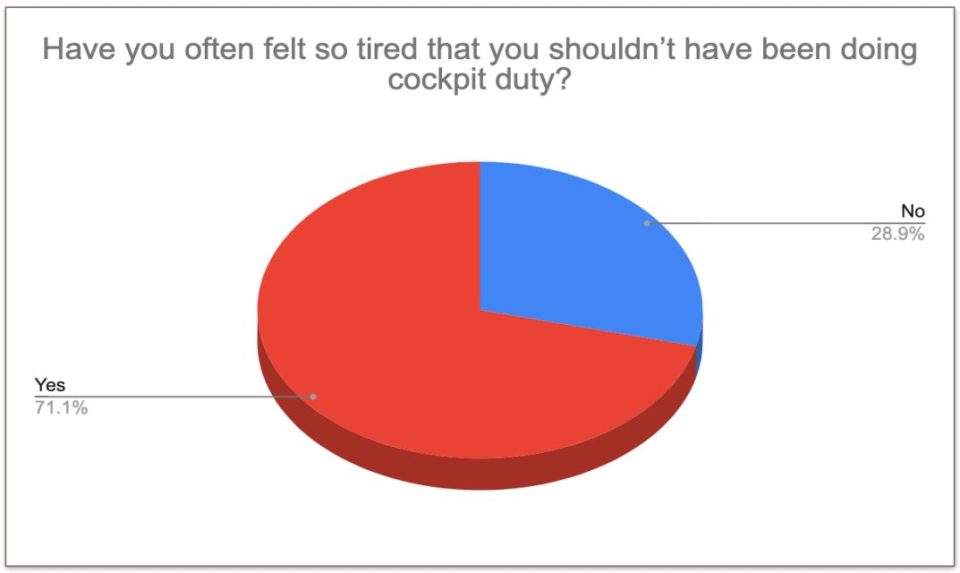
Early morning departures
A Series of early morning departures was attributed to the cause of fatigue by the pilots. 73% of them blamed a series of early morning departures and 18 % blamed insufficient rest periods between flights.
Also read: DGCA grounds Air India’s Dreamliner
The majority of the respondents indicated that they wake up at least 2-3 hours before the flight. This would mean that the pilot who was scheduled for a 6 am departure would wake up at 3 am.
The window of circadian low is usually around 2-6 am and in the afternoon when the body temperature drops significantly, inducing sleep. Sleepiness is greatest when people are awake during the WOCL (Window of Circadian Low), which occurs around 3-5 am for most people on a normal routine with sleep at night, the survey said.
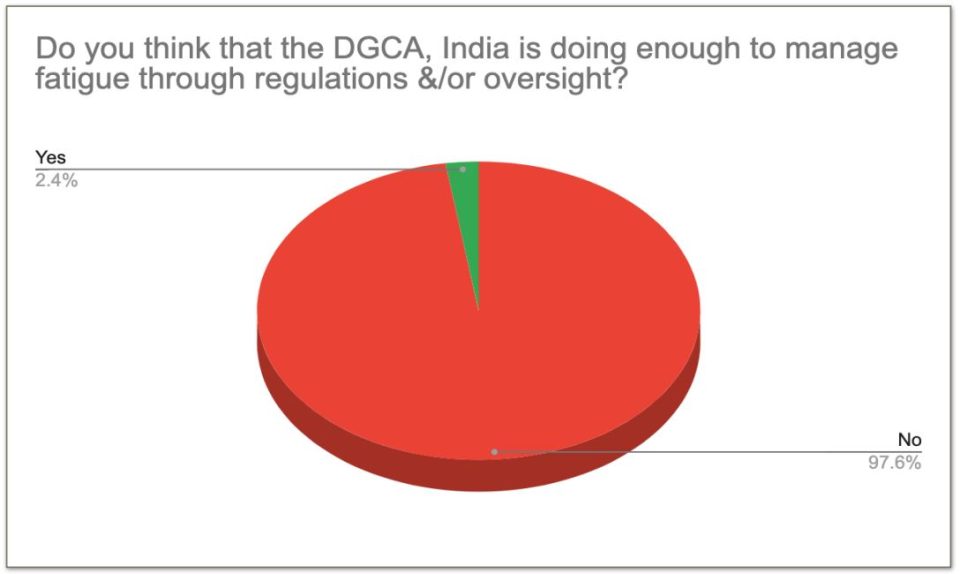
As per the report, “The Air India Express flight 812 which crashed on landing in Mangalore 2010, costing precious lives is an illustrating example of fatigue. Residual sleepiness and impaired judgement were believed to have contributed to this accident. The CVR indicated that the Captain had been asleep for 1hr and 40 min of the 2hr and 5 min flight.
“In the last two decades, fatigue has been identified as the probable cause of 21–23% of major aviation accidents investigations. Fortunately, not every instance of pilot fatigue leads to an incident or accident, due to safety procedures in-place. Fatigue in-flight has been reported by 68-91% of commercial airline pilots internationally.”
Also read: SpiceJet flyers walk on Delhi airport’s tarmac after waiting for bus; DGCA begins probe

